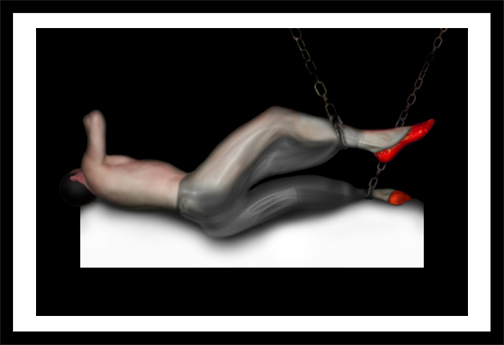Biography

Since 1985, Stuart Bender has created graphic, installation, single-channel, multi-channel, and live-performance music/video works which have been exhibited internationally, with support from the National Endowment for the Arts, the Public Corporation for the Arts, the California Arts Council, and commissions from the Long Beach Museum of Art, the Santa Monica Museum of Art, and the Los Angeles Department of Cultural Affairs. Works in public and private collections include Stewart and Lynda Resnick, and the J. Paul Getty Museum in Los Angeles.
Exhibitions include the Bonn Videonale and the Deutsher Videokunstpreis in Germany; the Prix Ars Electronica in Linz, Austria; the New York Video Festival at Lincoln Center; the Worldwide Video Festival in the Netherlands; the American Film Institute and the Director's Guild of America in Los Angeles; numerous festival, museum and gallery exhibitions in Brazil, France, Finland, Australia, New Zealand, Spain, Switzerland and throughout the United States.
While blending electronic media and classical art disciplines, Bender often uses the interpretation of history as a ground for examining the interplay of political and spiritual power, social structures and belief systems. By framing his philosophical concerns in time-based and electronically driven forms, he crafts his work at the crossroads of art and technology - at the border between fiction and reality.
Bender's recent prints, derived from photographs, drawings, and images in his video works, take their cue in part from a billboard-studded landscape (his early video work having also been displayed on Billboard Lives' Sunset Boulevard marquee in Los Angeles).
Where his video often builds a narrative, makes a social commentary, and/or immerses the viewer in a rich and poetic environment of sound, text and moving image, his prints offer the viewer a reflective, playful or sardonic twist on the visual hits that assault us daily in our media driven society.
Whether exploiting the figure, as in his series “Sanctuary” or junked cars in the series "With Abandon" (using the detritus of a car culture as his sketchpad), he merges realism, fantasy, and abstraction to offer a deeply idiosyncratic view of culture and personal identity.